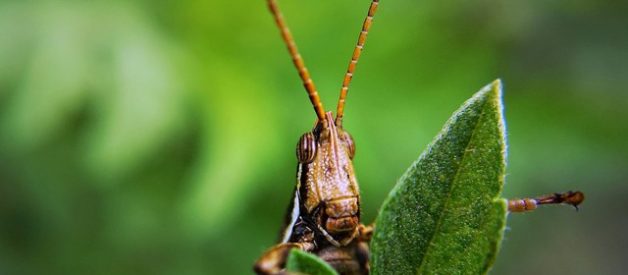Is your tree quietly dying? Your tree?s blackening trunk, dieback, or drooping crown could be from Phytophthora disease, commonly known as a water mold, which causes root rot.
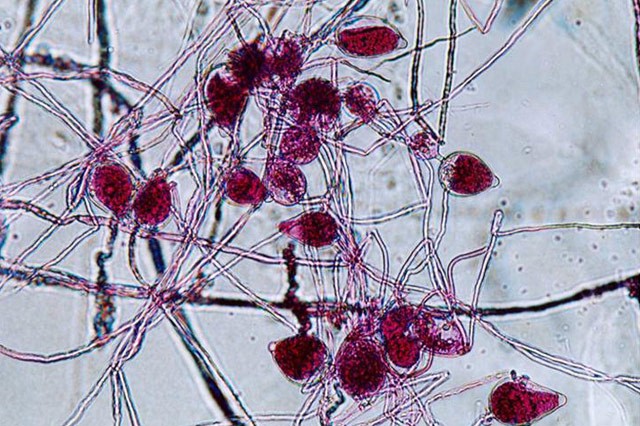
Root rot caused by Phytophthora disease is a worldwide agricultural problem affecting everything from crops to home gardens. This disease, when diagnosed, can be controlled with simple treatments and prevention measures.
In this, gardeninginfo-online.com article, we detail this disease, its symptoms, treatment, and preventative measures.
What Is Phytophthora Disease?
Phytophthora disease is a plant pathogen that spreads to trees and plants by contaminating their roots. This disease is easily transmitted from plant to plant; it spreads by water irrigation, gardening tools, and human activity.
Wet, poorly-drained soil is one of the principal contributors to the growth and spread of this disease. Once inside the root system, Phytophthora grows into and follows the water conducting vessels of the roots; it quickly grows into the trunk or stem and eventually reaches the plants? extremities.
Worldwide, Phytophthora disease is a major problem for commercial or private farms, gardens, and trees. Some crops threatened by this disease are:
? Peas? Potato? Basil? Tomato? Pepper? Beans? Watermelon? Strawberry? Palm
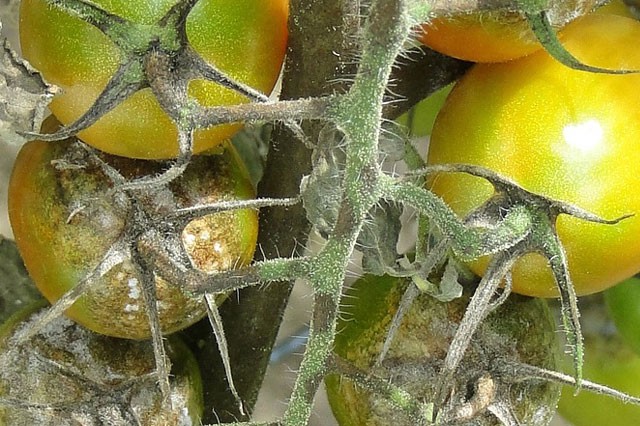
Realistically, any crop, garden, or tree may be affected by Phytophthora root rot. Once you know the warning signs and see the symptoms, it takes fast action to halt this disease.
Phytophthora Disease Symptoms
Phytophthora includes approximately 170 named, and likely several hundred unnamed species that are understood to be soil-borne pathogens able to lie dormant in the soil for several years, waiting for the right conditions for infection.
Phytophthora is a spore producing pathogen requiring water to thrive and spread. The many species of this disease attack susceptible plant hosts during wet weather or in soil with poor drainage.

Symptoms of Phytophthora disease are often overlooked. As this disease typically starts with the roots, the signs remain relatively hidden while the infection is spreading.
When the diagnosis of a Phytophthora disease contamination is late, it will likely result in the loss of the tree, plant, or even an entire crop. Symptoms of the disease include:
? Blackening of the lower trunk or stem? Stunting of foliage? Wilting and discoloring of foliage? Dieback of shoots and foliage? Interveinal chlorosis (typical of nutrient deficiency)? Soft, brown roots instead of firm, white ones
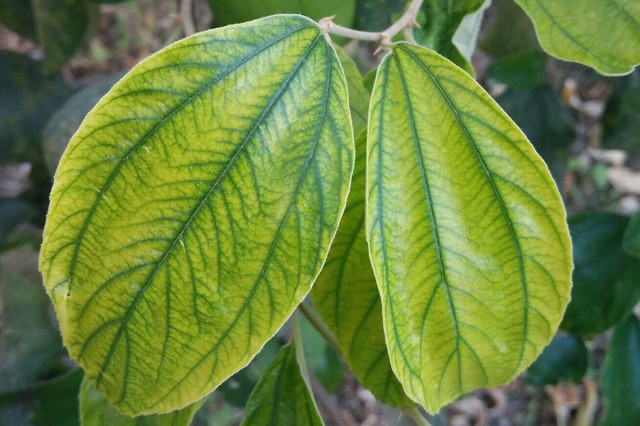
Many of the symptoms above can be mistaken for other diseases and illnesses. If you have any doubts or concerns, contact an arborist for a professional evaluation. For further reading on Phytophthora visit cropwatch.unl.edu/plantdisease/soybean/phytophthora-root-and-stem-rot
How to Treat and Prevent Phytophthora Disease
Phytophthora root rot is a worldwide problem that can be treated but not completely eradicated. Infected specimens will likely die, unless removed and destroyed beforehand.
However, the following steps will help you treat and prevent the spread of the disease:
Remove Infected Trees, Shrubs, and Plants – Once contamination has been confirmed, remove and carefully dispose of the infected tree, shrub, or plant.
Improve Soil Drainage ? One of the most effective ways to prevent Phytophthora is through effective soil drainage. However, standing water or saturation may be unavoidable during prolonged rainy seasons.
Loam soil which is a combination of clay, sand, and silt is considered to be the ?perfect soil? for its ability to retain sufficient moisture and nutrients, remain aerated, and provide adequate drainage to avoid the propagation of diseases and pathogens.
Soil Testing ? Test your soil often to measure the pH balance, and determine which nutrients are needed to maximize the health of your plants and trees. The healthier your plants and trees are, the less susceptible they will be to opportunistic infections.
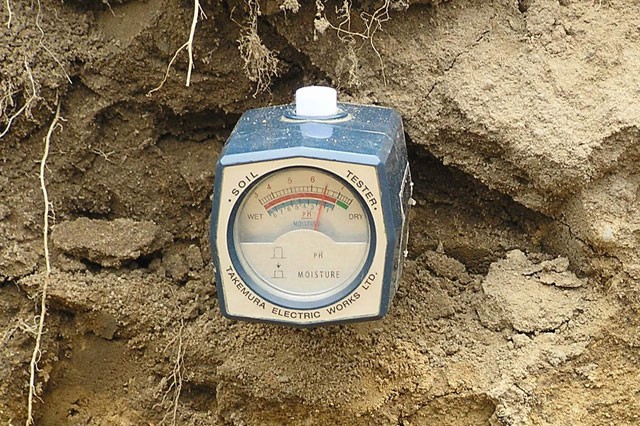
Hydrogen Peroxide ? The application of a 3% solution of household hydrogen peroxide to your soil is effective in killing pathogens and diseases like Phytophthora.
Apply a mixture of 1 part peroxide to 3 parts water and allow it to penetrate the soil before regular watering resumes.
No Composting or Mulching – Never add any removed portion of an infected specimen to compost piles or mulching systems, as this will serve to propagate the spread of the disease.
Plant Disease Resistant Species ? When planting in areas that in the past have been affected by Phytophthora, look for plant, shrub, or tree species that are resistant to root rot.
Control Weed Growth ? Weeds are known for hosting destructive pathogens. Dig out weeds from moist (loose) soil, removing as much of the roots as possible. Immediately and carefully dispose of the pulled weeds to avoid infecting other plants.
Equipment Care ? Pruning, cutting, and digging equipment must always be cleaned after use. When dealing with diseased plant life, all equipment should be washed in a solution of bleach and water (ratio of 1 part bleach to 4 parts water). Disposable gloves should be worn to avoid the recontamination of your equipment.
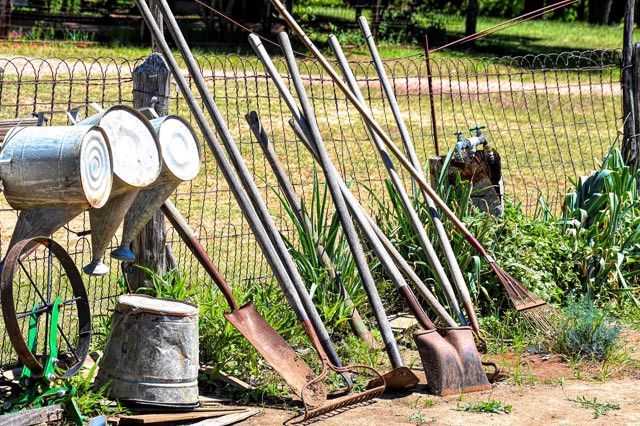
Insect Infestation Control ? When pathogens are able to invade healthy plant life, they leave the host susceptible to insect infestations.
Pest control is an important aspect of garden and landscape maintenance. That importance cannot be overstated when dealing with diseases like Phytophthora. Likewise, pests weaken and make plants more vulnerable to infection.
Apply recommended insecticides for insect control, and in the event of an infestation, call an arborist to evaluate the situation and determine the best course of action.
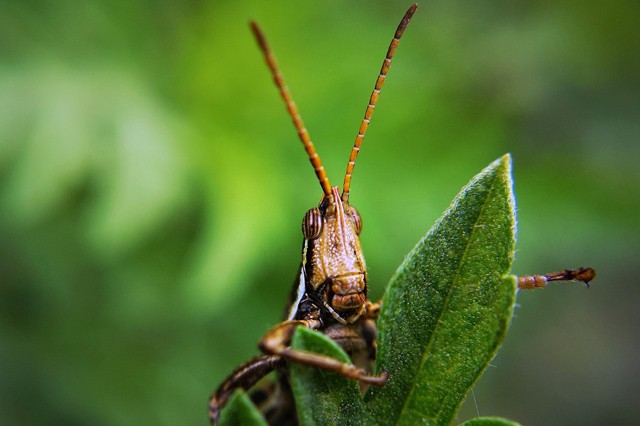
Visit this page for some Homemade Non-Toxic Pesticides for Your Garden.
Phytophthora Root Rot Is a Global Nuisance
Your tree may be dying from root rot. A blackening trunk, drooping crown, or dieback may be the result of a Phytophthora disease infection.
In this article, you discovered what Phytophthora disease is, its symptoms, treatment, and preventative measures to stop it from spreading.
If you are not proactive in the treatment and prevention of root rot caused by Phytophthora disease, you risk the complete loss of your garden, crop, or the death and toppling of your tree. Save your plants and trees by applying these simple preventative measures that can stop Phytophthora in its tracks.
Source(s):http://hyg.ipm.illinois.edu/pastpest/200612a.htmlhttps://extension.psu.edu/ecological-disease-managementhttp://ipm.ucanr.edu/PMG/PESTNOTES/pn74133.html
Photo:Supattra Intavimolsri Department of Agriculture, Thailand [CC BY 3.0 au], via Wikimedia Commons
The article Phytophthora Root Rot Symptoms, Treatment, and Prevention first appeared on http://gardeninginfo-online.com
